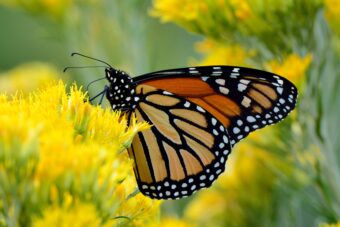
The global sturgeon reassessment published reveals that 100 percent of the world’s remaining 26 sturgeon species are now at risk of extinction, up from 85 percent in 2009. The assessments are based on refined calculations which show their decline over the past three generations to be steeper than previously thought.
The Yangtze Sturgeon (Acipenser dabryanus) has moved from Critically Endangered to Extinct in the Wild, 17 species are now Critically Endangered, three are Endangered and five are Vulnerable on the IUCN Red List.
The reassessment has also confirmed the extinction of the Chinese Paddlefish (Psephurus gladius). Renowned for their size, with the Critically Endangered Beluga (Huso huso) growing up to eight metres and 1,700 kilograms, sturgeons have been overfished for their meat and caviar for centuries.
Despite being protected under international law, poaching continues to affect more than half of these species; stronger enforcement of regulations on the illegal sale of sturgeon meat and caviar is critical to stop further declines.
More:

Dams affect all sturgeon species migrating to their breeding grounds, while rivers warming due to climate change further disrupts sturgeon reproduction. Freshwater ecosystem restoration and building effective fish passages, together with restocking, which has already proven effective for species such as the Critically Endangered Adriatic sturgeon (Acipenser naccarii), are key measures to support the long-term survival of the world’s sturgeons.
The tiger has been reassessed, with new figures revealing that there are currently between 3,726 and 5,578 tigers in the wild worldwide. The 40 percent increase since the last tiger assessment in 2015 is the result of improvements in monitoring, showing that there are more tigers than previously thought, and the number of tigers globally appears to be stable or increasing.
While this reassessment confirms that the tiger remains Endangered on the IUCN Red List, the population trend indicates that projects such as the IUCN Integrated Tiger Habitat Conservation Programme are succeeding and recovery is possible as long as conservation efforts continue. Major threats include poaching of tigers, poaching and hunting of their prey, and habitat fragmentation and destruction due to the growing pressures of agriculture and human settlement.
Expanding and connecting protected areas, ensuring they are effectively managed, and working with local communities living in and around tiger habitats, are critical to protect the species.
Source: IUCN



